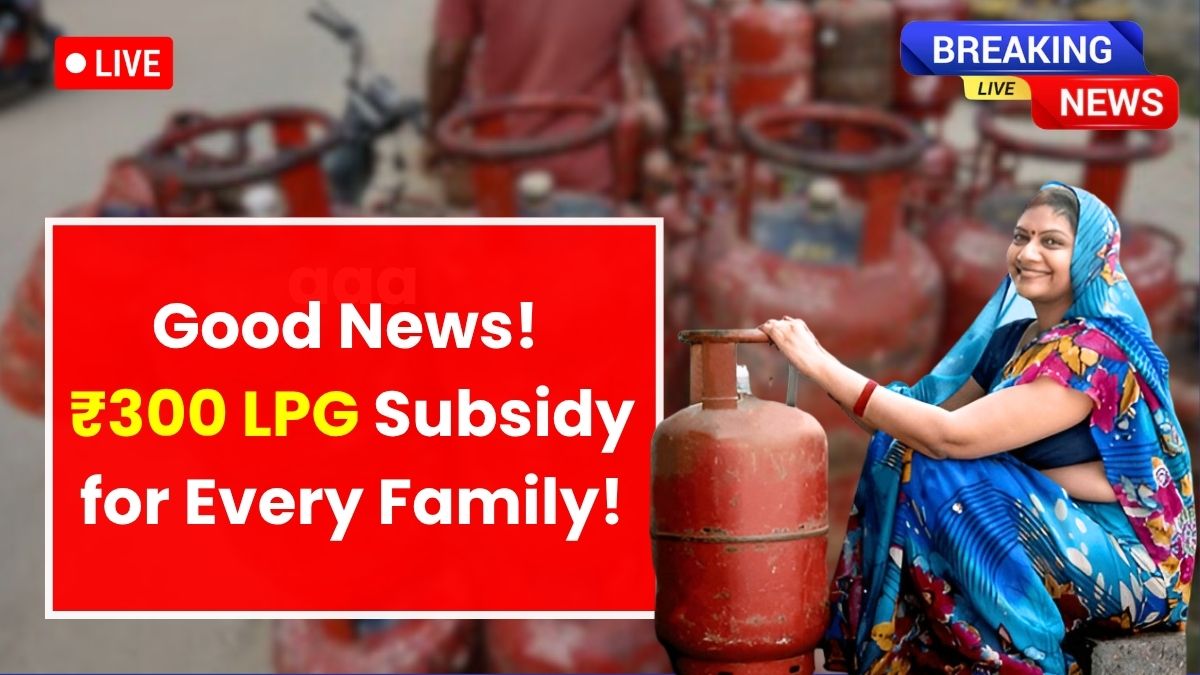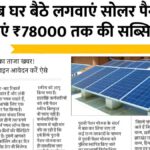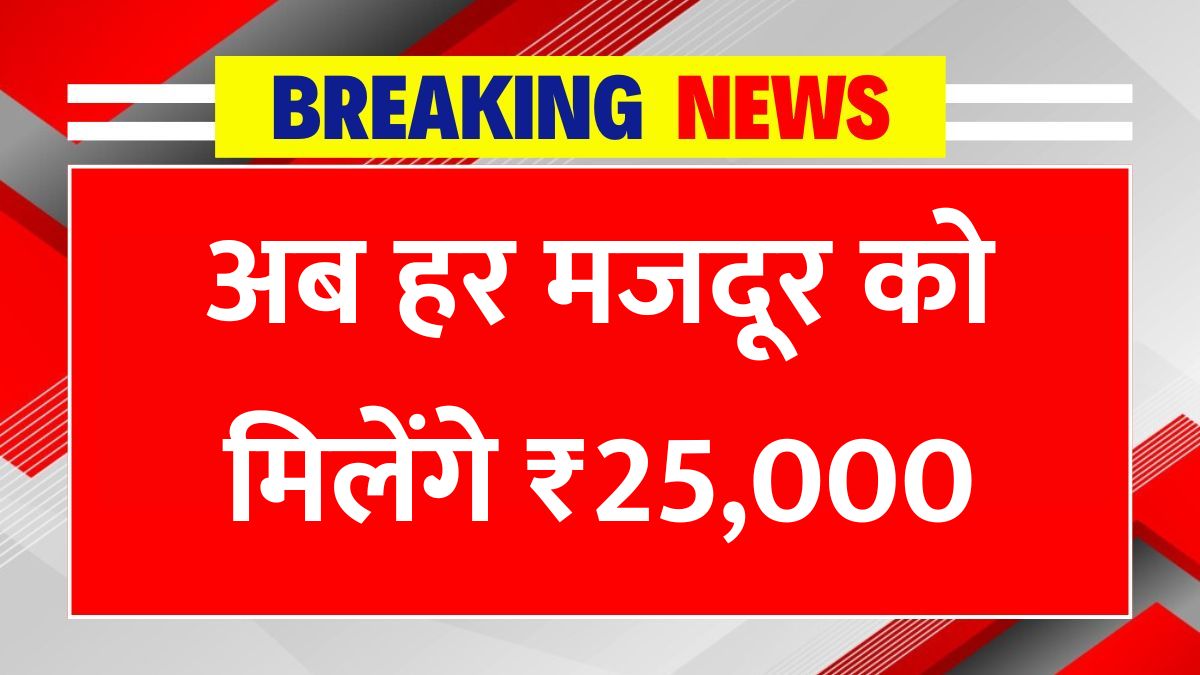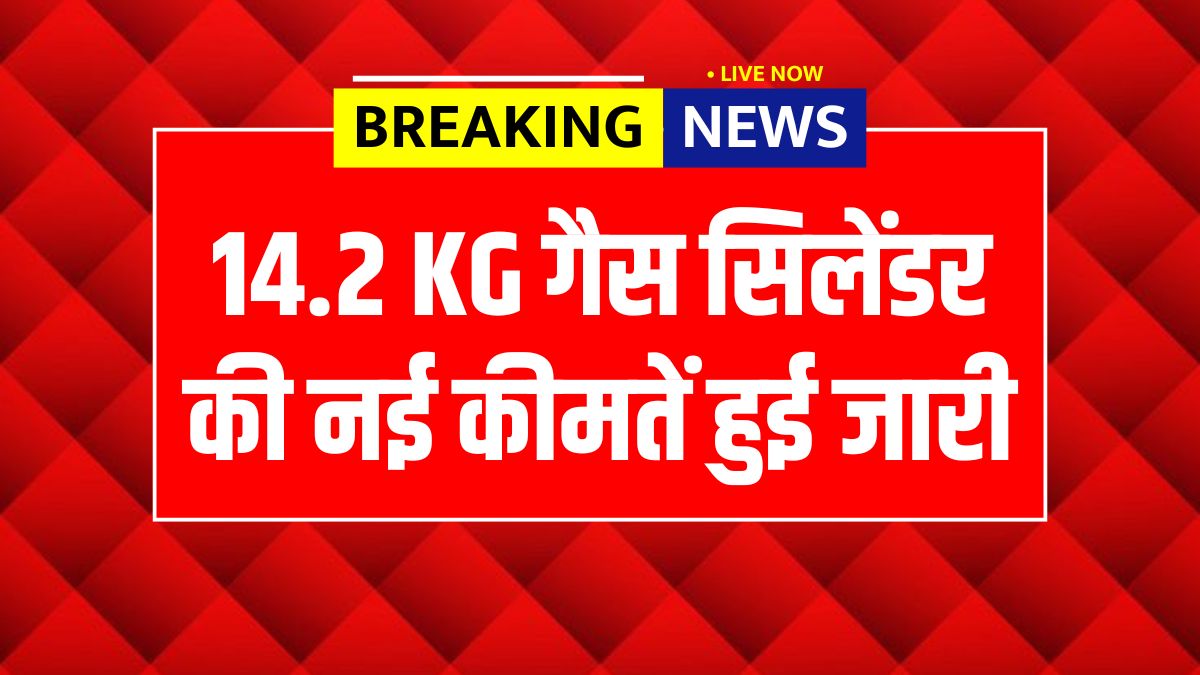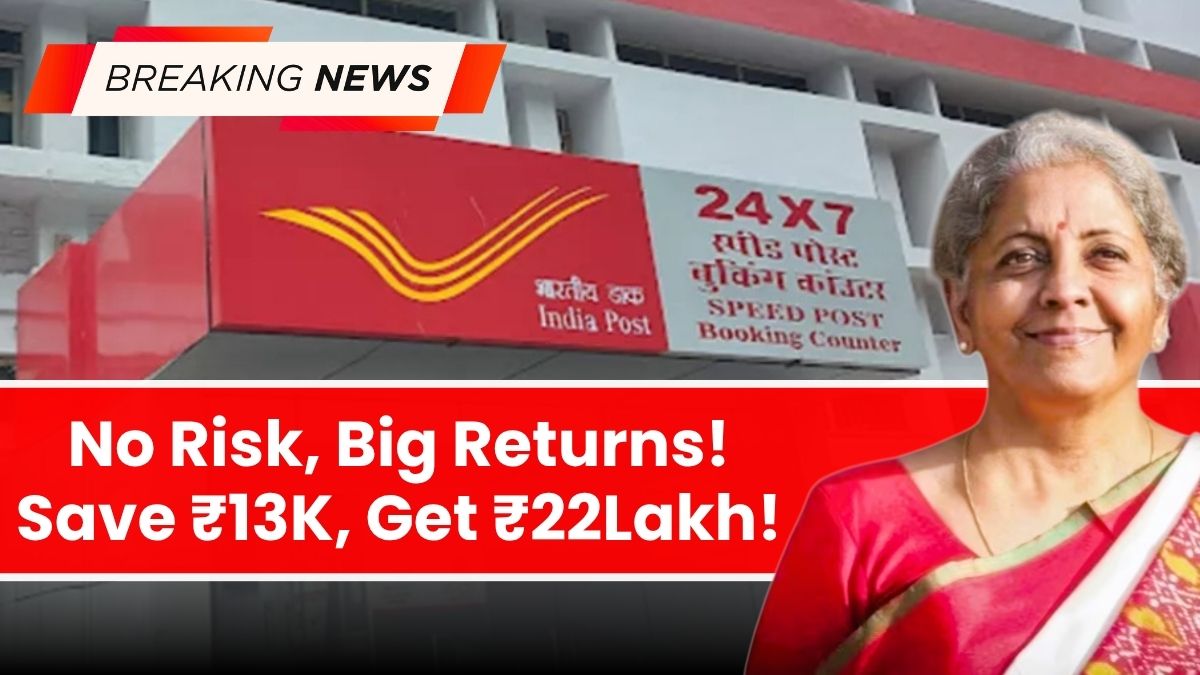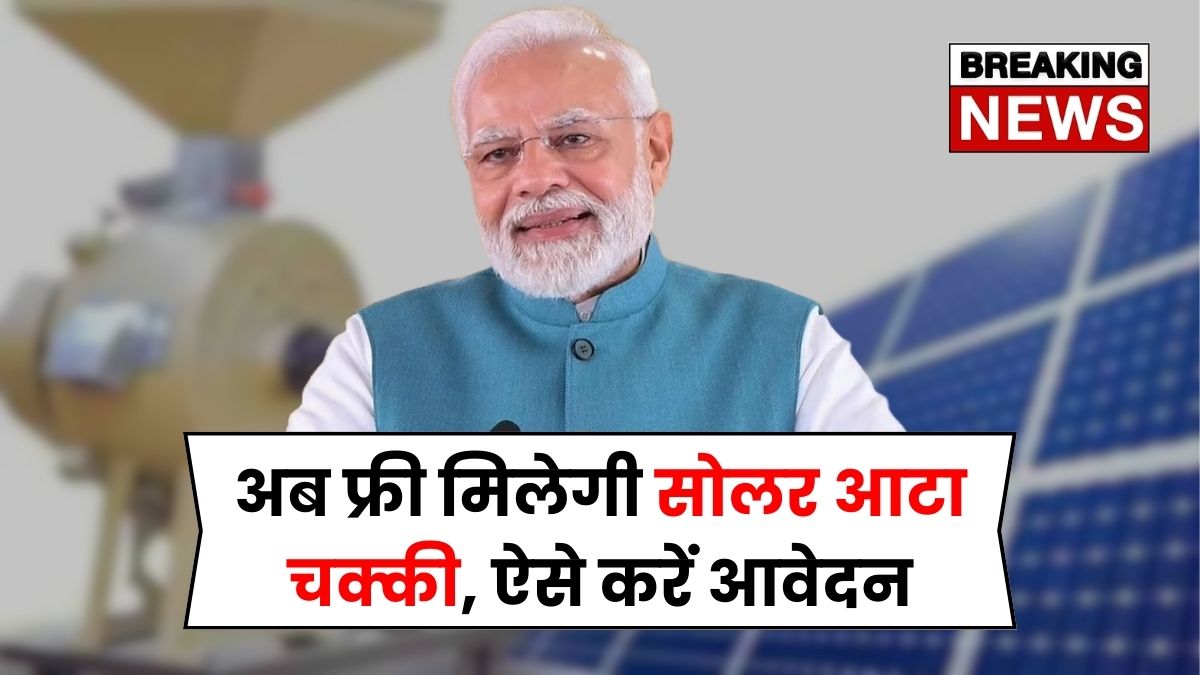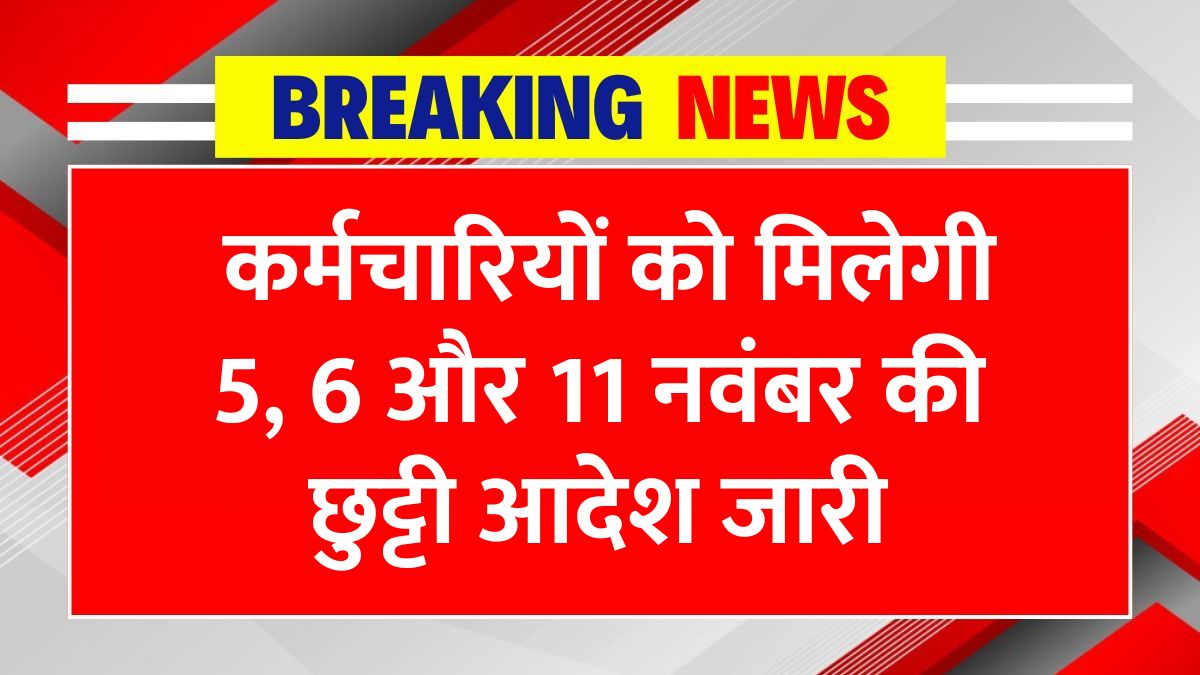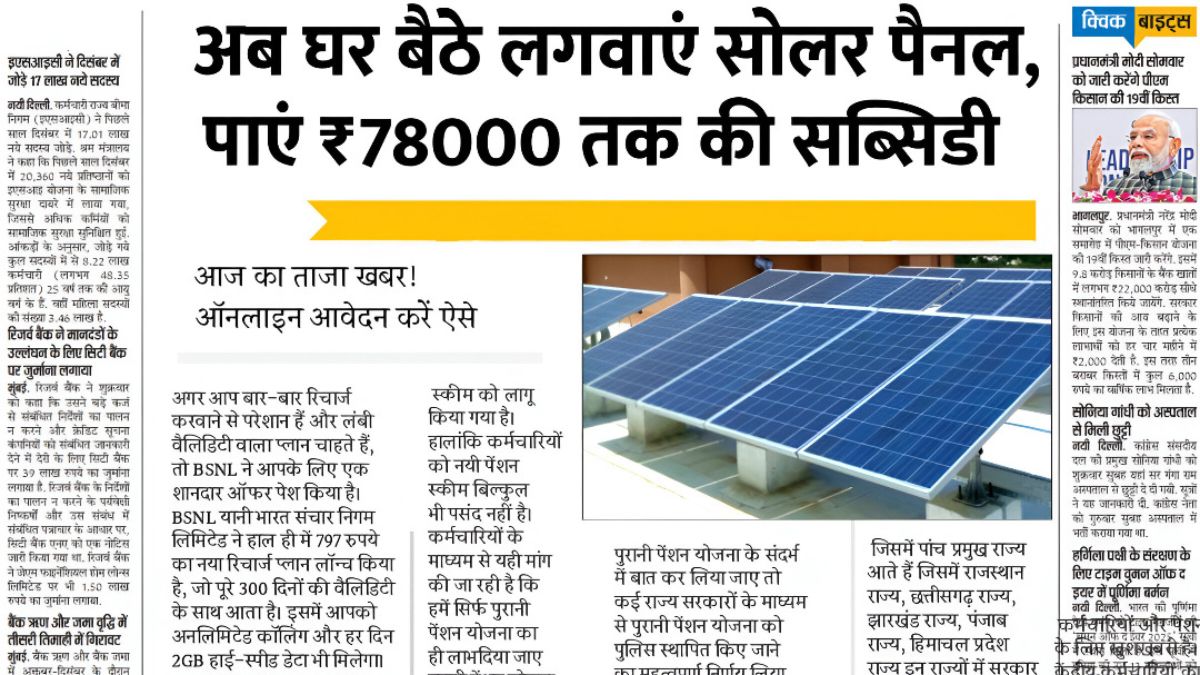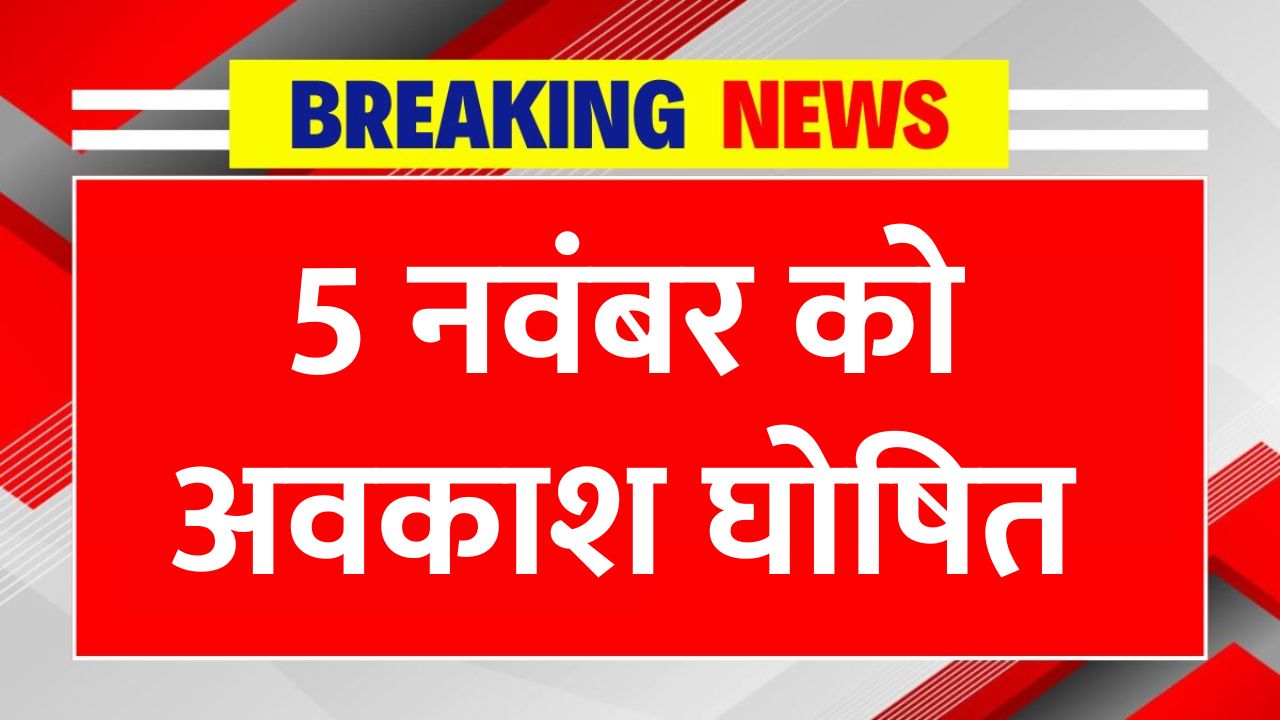In a major relief for millions of Indian households, the Government of India has announced a ₹300 subsidy per LPG cylinder for the year 2025. This move aims to support low- and middle-income families affected by the continuous rise in fuel prices. The subsidy will ensure that cooking gas remains affordable while encouraging the use of clean energy in Indian homes.
Understanding the ₹300 LPG Subsidy Scheme
The new subsidy program operates through the Direct Benefit Transfer (DBT) system, which ensures transparency and prevents any misuse. Under this system, eligible consumers will receive ₹300 directly credited into their Aadhaar-linked bank account after each LPG purchase.
Here’s how it works:
-
Consumers buy an LPG cylinder from authorized distributors like Indane, Bharat Gas, or HP Gas.
-
After the purchase, the ₹300 subsidy amount is automatically transferred to their linked bank account.
-
The entire process is digital, requiring no manual applications or paperwork.
This system eliminates middlemen and ensures that every eligible consumer receives their subsidy on time. Beneficiaries can also track their payments online through the MyLPG.in portal or by contacting their local distributor.
Who Is Eligible for the ₹300 Subsidy
The main beneficiaries of this scheme are women enrolled under the Pradhan Mantri Ujjwala Yojana (PMUY). This program provides free LPG connections to women from economically weaker households. Apart from Ujjwala beneficiaries, some other families in lower and middle-income groups may also qualify based on their income and government-defined eligibility criteria.
To make sure you receive the subsidy:
-
Visit MyLPG.in to verify or update your personal details.
-
Ensure your Aadhaar, bank account, and LPG ID are properly linked.
-
Buy cylinders only from authorized distributors.
Once these steps are complete, you will automatically receive the ₹300 subsidy in your account after every purchase.
How to Check Your Subsidy Status
The government has made it easy for consumers to check whether they are receiving their LPG subsidy. There are several methods available:
-
Online via MyLPG.in – Log in, select your LPG provider, and click on “Subsidy Status.”
-
Through Distributor – Visit or call your local gas distributor to confirm your payment details.
-
By SMS or IVRS – Most gas companies send SMS alerts once the subsidy is credited.
This ensures complete transparency and allows users to confirm that they are receiving the right amount without any delays.
How the ₹300 Subsidy Benefits Families
This subsidy offers major financial relief to families struggling with high fuel costs. A family using one cylinder per month will save around ₹3,600 per year. For households with limited income, this saving can help meet other essential expenses like food, education, and healthcare.
Apart from the financial benefit, the scheme promotes the use of clean and safe cooking fuel, reducing dependency on traditional fuels like wood, kerosene, and coal. These traditional fuels are not only harmful to the environment but also cause serious health problems due to smoke and indoor air pollution.
Key Benefits:
-
Reduces exposure to harmful smoke and air pollution.
-
Provides safer and faster cooking solutions.
-
Saves time and energy, especially for women in rural areas.
By making LPG affordable, the scheme ensures healthier homes, cleaner air, and a safer environment.
Economic and Social Impact of the Subsidy
The impact of this subsidy extends beyond just household savings. It strengthens India’s social and economic structure in multiple ways.
Economic Benefits
When families save on LPG costs, they have more disposable income for other essential needs such as healthcare, children’s education, and local market spending. This increased spending helps boost rural and local economies, supporting small businesses and service providers.
Empowerment of Women
Women are the biggest beneficiaries of this scheme. Affordable LPG gives them freedom from the daily struggle of collecting firewood and cooking over smoky stoves. This saves hours of labor every day and allows women to focus on education, skill development, or income-generating work.
Health and Productivity
Using LPG instead of traditional fuels reduces respiratory diseases, eye irritation, and fatigue. Healthier women and children mean more productive families, better attendance in schools, and improved quality of life.
Overall, the ₹300 subsidy improves financial stability, gender equality, and community health — all of which contribute to India’s long-term development.
A Step Toward Clean and Sustainable Energy
The government’s decision supports India’s commitment to clean and sustainable energy. By encouraging LPG usage, the country can reduce its dependence on polluting fuels and lower carbon emissions.
Promoting LPG helps India move closer to achieving its Sustainable Development Goals (SDGs) — especially those related to clean energy, climate action, and good health.
The subsidy also drives growth in related industries such as gas manufacturing, storage, and transportation, which helps create more employment opportunities and supports India’s economic growth.
Government’s Focus on Transparency and Digital Efficiency
To ensure fairness and prevent fraud, the entire process has been made digital and transparent. Aadhaar-based verification and bank account linkage have made the system more efficient.
Digital Benefits:
-
Real-time credit of subsidy directly into user accounts.
-
Elimination of fake or duplicate LPG connections.
-
Simplified grievance redressal via official portals and helplines.
The government’s push toward technology-driven welfare programs ensures that benefits reach genuine beneficiaries quickly and without corruption.
Challenges and the Road Ahead
Despite its success, a few challenges remain in implementing the subsidy effectively:
-
Lack of Awareness: Some rural families are still unaware of the need to link Aadhaar and bank accounts.
-
Delivery Delays: In remote areas, LPG delivery can still be slow due to limited infrastructure.
-
Price Fluctuations: Global LPG prices can rise, which may affect the affordability of gas in the future.
To address these issues, the government and oil companies are expanding their distribution network, improving last-mile delivery, and running awareness campaigns.
In the future, the focus will be on creating a self-reliant clean energy ecosystem, where every family can access LPG and other renewable energy sources without depending heavily on subsidies.
Conclusion
The ₹300 LPG Cylinder Subsidy for 2025 is one of the most impactful welfare initiatives by the Indian government. It provides much-needed financial support to millions of families, ensuring access to clean, affordable, and safe cooking fuel.
This scheme not only reduces household expenses but also improves women’s health, supports sustainable energy goals, and strengthens India’s social welfare system.
For families to benefit from this subsidy, it is essential to:
-
Link their Aadhaar, LPG ID, and bank account.
-
Purchase cylinders from authorized distributors only.
Once these steps are completed, the subsidy will automatically reach their account after each purchase — no paperwork or delays involved.
This initiative marks a positive step toward economic relief, women’s empowerment, and environmental responsibility, making it a win-win move for both citizens and the nation.
Disclaimer
This article is for general informational purposes only. Details are based on official announcements and publicly available information as of 2025.
